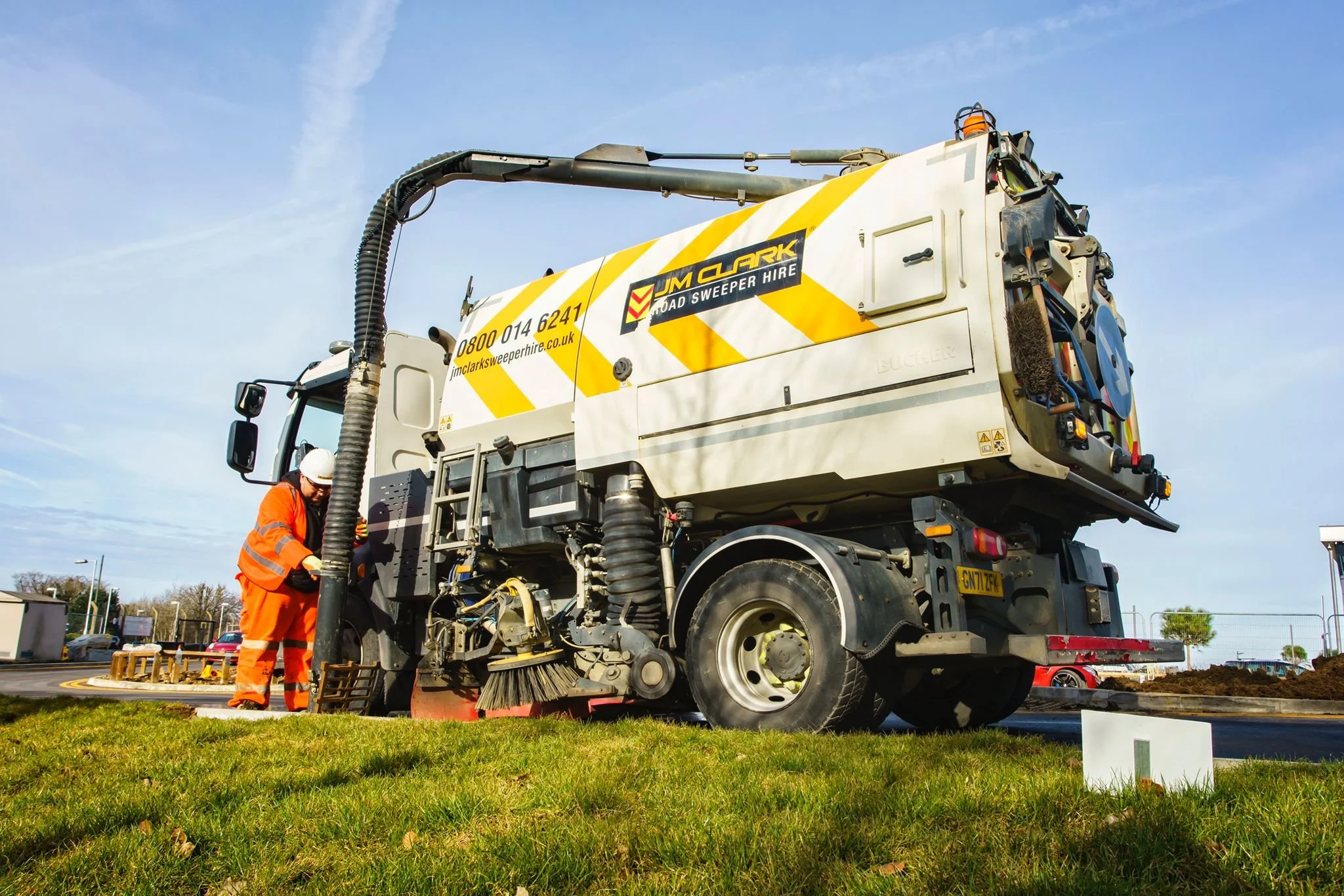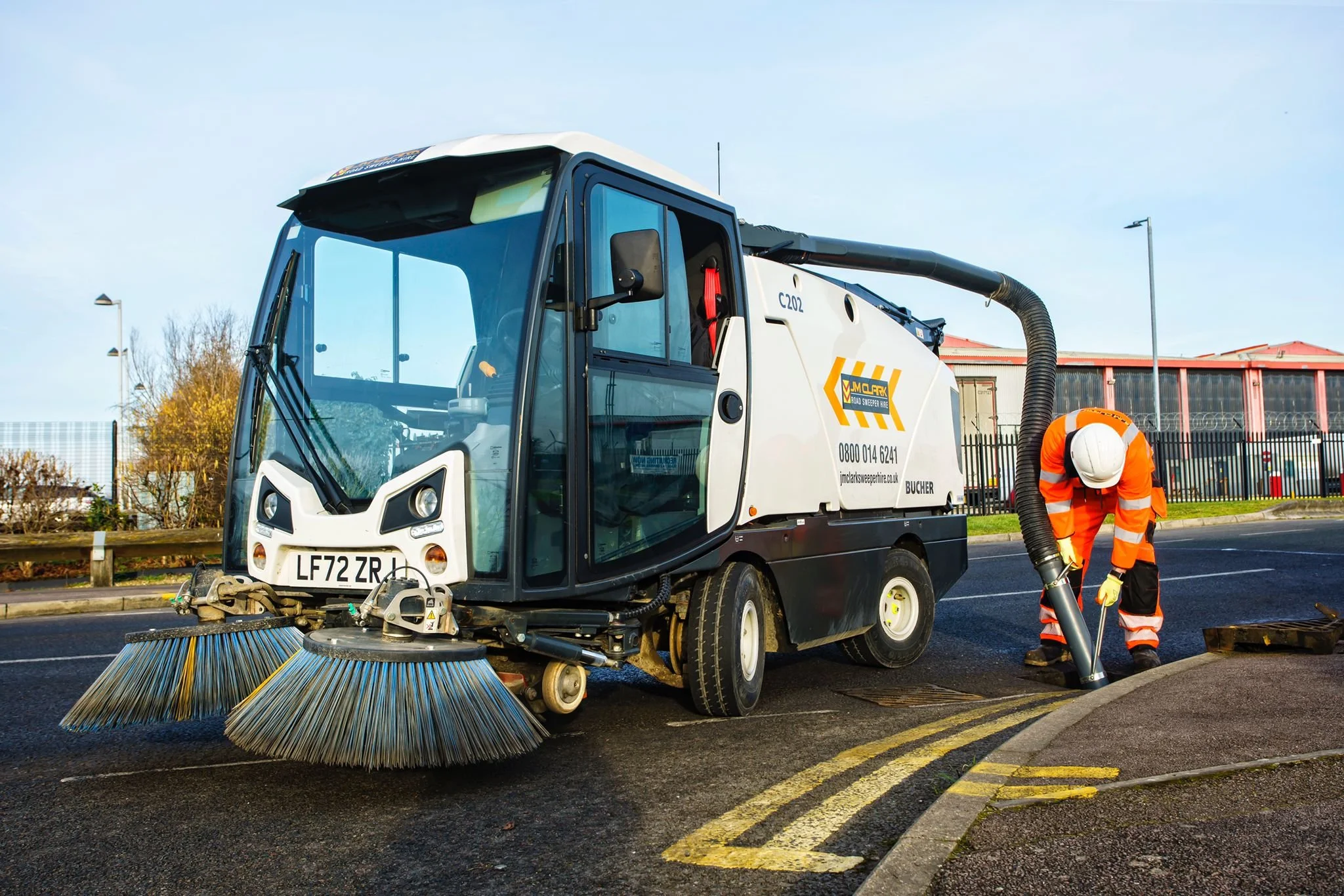The Process of Gully Emptying: What You Need to Know
When it comes to maintaining healthy drainage systems, gully emptying is one of the most important yet often overlooked services. Gullies, the drains typically found at the side of roads, car parks, and other paved areas, play a vital role in managing stormwater by preventing flooding and protecting infrastructure. Over time, however, gullies can become clogged with leaves, silt, litter, and debris. This is where the process of gully emptying becomes essential.
Why Gully Emptying Is Important
Routine gully emptying ensures the drainage system works efficiently, keeping roads safe and extending the lifespan of surrounding infrastructure. Otherwise you risk:
Flooding during heavy rain due to blocked outlets.
Damage to road surfaces caused by standing water.
Environmental harm, as pollutants can be washed into waterways.
Higher repair costs from damaged infrastructure.
The Gully Emptying Process: Step by Step
1. Inspection
The process begins with a survey of gullies to check their condition and identify any blockages. Our operators may lift grates and assess how much debris has accumulated before starting the removal.
2. Vacuum Extraction
Our extensive fleet of road sweepers come with a gully emptying attachment, equipped with a powerful vacuum system. A suction hose is inserted into the gully pot to remove silt, litter, and standing water.
3. Jetting (if required)
If the gully connection pipe leading to the main drainage system is blocked, high-pressure hand-lance water jetting is used to clear it, connected to our road sweepers. This restores proper water flow and prevents further backups.
4. Waste Disposal
The collected waste is stored in the vehicle’s tank and later disposed of safely at an approved on sight or at a waste treatment facility, ensuring compliance with environmental regulations.
5. Record Keeping
We note of the gullies cleaned, keeping a record of works completed.
Gully emptying is a crucial part of infrastructure maintenance. By keeping gullies clear, communities can avoid flooding, protect road surfaces, and reduce long-term costs. Whether managed by local councils or private contractors, regular gully maintenance is a small investment that delivers significant benefits for public safety and the environment.


